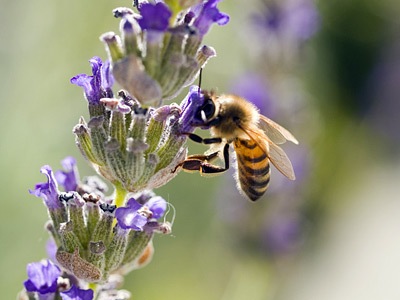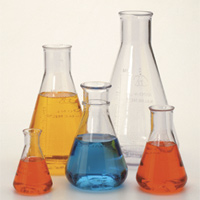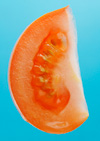
I’m not sure my neural pathways for good ice cream and the future of agriculture have ever sparked simultaneously before, but a recent posting sure caught my attention. If you happen to know someone who recently received their Ph.D. in entomology, you can point them, too, toward Haagen-Dazs’ recently established fellowship in honey bee biology at the University of California, Davis. For those who need more hands-on training, be sure to check out the advanced workshop later this month on queen bee insemination.

 Once I’d proven to the chef that I could pick thyme and reduce parsley to green dust, he trusted me with a day’s supply of concassé. That meant blanching a case of tomatoes and then shocking them in iced water. Then peeling them. Then seeding them. Then dicing them.
Once I’d proven to the chef that I could pick thyme and reduce parsley to green dust, he trusted me with a day’s supply of concassé. That meant blanching a case of tomatoes and then shocking them in iced water. Then peeling them. Then seeding them. Then dicing them.